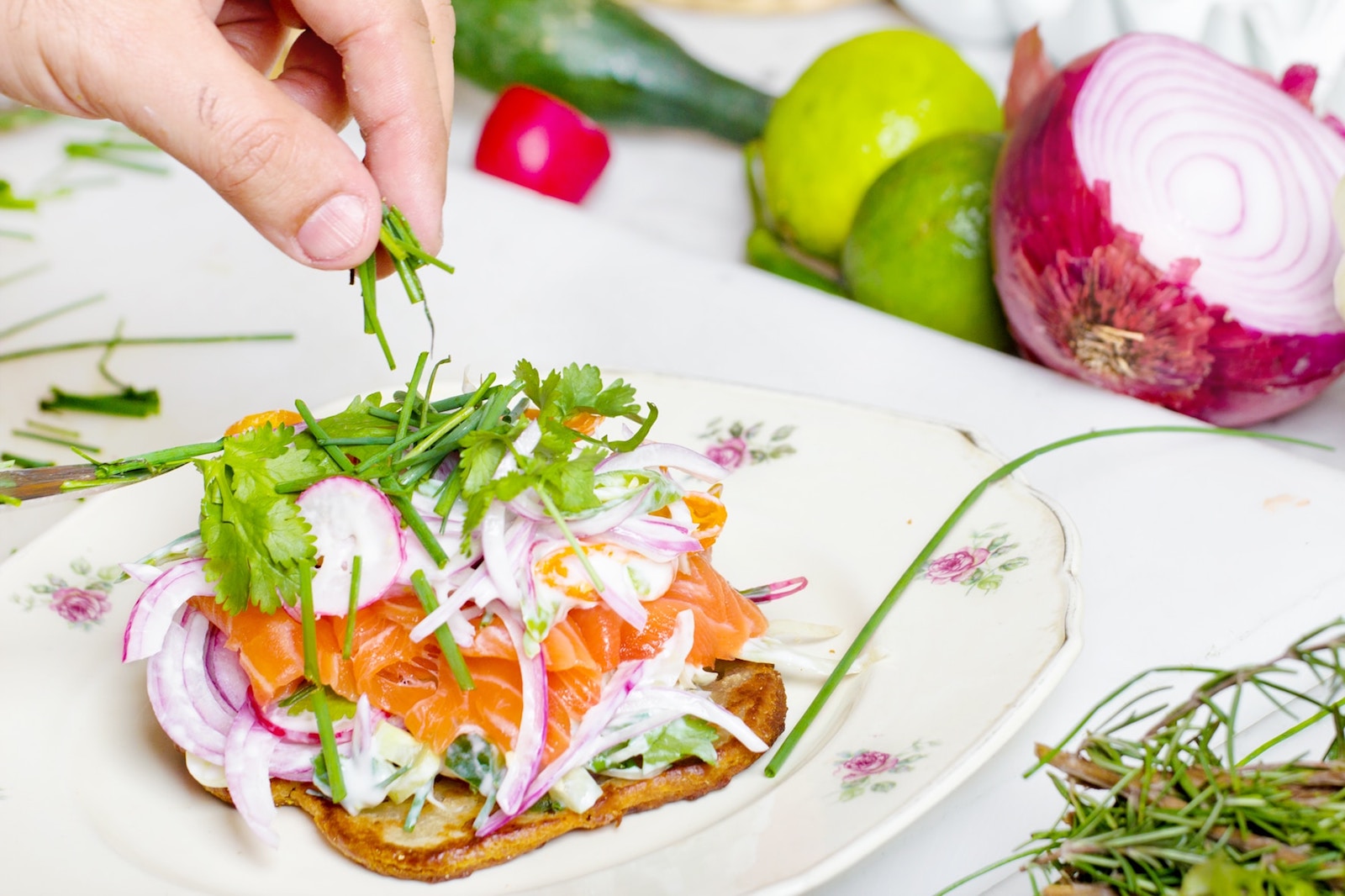
22 May The Lowdown on the Nordic Diet
According to research, starting babies on a Nordic-style diet may be the key to them developing healthier eating habits. Babies fed taster portions of the Nordic diet of fruit, berries, roots, and vegetables, as well as breast or formula milk, from the age of 4-6 months of age, were eating almost double the number of vegetables (46% more), than those fed a conventional diet, by 18 months of age. So what is the Nordic Diet? And could it help you eat more healthily and support your weight loss efforts?
We are a team of qualified, experienced nutritionists who specialise in weight loss. Schedule your complimentary call today to find out how we can help you.
WHAT IS THE NORDIC DIET?
The Nordic Diet is very similar to the hugely popular (and more well-known) Mediterranean Diet. It centres around a largely plant-based diet complimented with oily fish and whole grains. Based on the cuisine in Nordic countries like Norway, Sweden, Denmark, Finland and Iceland, following the diet means cutting out processed foods and fatty meats, and turning to fish, seasonal fruits and vegetables, legumes, nuts, whole grains and low-fat dairy.
The main difference between the Mediterranean Diet and the Nordic Diet is the type of fat each recommend using. For the Mediterranean it’s all about olive oil, while the Nordic Diet champions unrefined rapeseed oil.
WHAT ARE THE BENEFITS OF THE NORDIC DIET?
The World Health Organization (WHO) found in a major review that both of these diets can reduce the risk of cancer, diabetes and cardiovascular disease. Other studies suggest the diet is an effective eating plan for weight loss and to lower inflammation (a contributing factor to obesity and several chronic health conditions). The diet is based around whole, natural foods and typically contains plenty of fibre, which is important for a healthy functioning digestive system. Turning to a more plant-based diet also has environmental benefits.
WHAT CAN YOU EAT ON THE NORDIC DIET?
Seasonal fruit and veg is in, particularly berries, carrots, beetroots, broccoli, spinach and kale. Whole grains are recommended on the diet and are always preferable over refined ones. Oats, barley, rye and wheat are encouraged as well as healthy fats from unrefined rapeseed oil, nuts and seeds and protein sources such as fish and eggs. To start your day the Nordic way, you might opt for a bowl of porridge with nuts and berries. For your main meal, try a poached wild salmon fillet with a salad of lentils, cucumber and dill dressed with rapeseed oil and lemon juice.
WHAT ARE THE DRAWBACKS?
While the diet follows many basic principles of eating healthily, you’ll probably need to fine-tune the diet to lose weight. Too many starchy carbohydrates, such as grains, can compromise weight loss so it’s important to moderate your intake of those. We do not generally advocate for dairy – while some of us can tolerate it, there are a number of reasons why we recommend avoiding it.
IN SUMMARY
The Nordic Diet recommends some good basic principles of healthy eating. Unrefined, minimally processed, natural foods should always take priority over processed convenience foods. Seasonal produce, quality proteins and healthy fats are the cornerstones of a healthy diet. As always, it’s about finding what works for you based on your own unique needs.
WORK WITH US
We are a team of qualified nutritionists who specialise in weight loss. If you’re ready to overcome your weight challenges, achieve your goal weight and maintain it long term, we can help. You can use this link to book in for a complimentary call today. This is an opportunity to talk through your challenges with a member of our team and decide together whether one of our Intelligent Weight Loss programmes is right for you. Or contact us to request a copy of our brochure and we will get back to you soon.
Sign up for Kim’s weekly weight loss and wellness newsletter to receive the latest news, expert tips and advice direct to your inbox.

